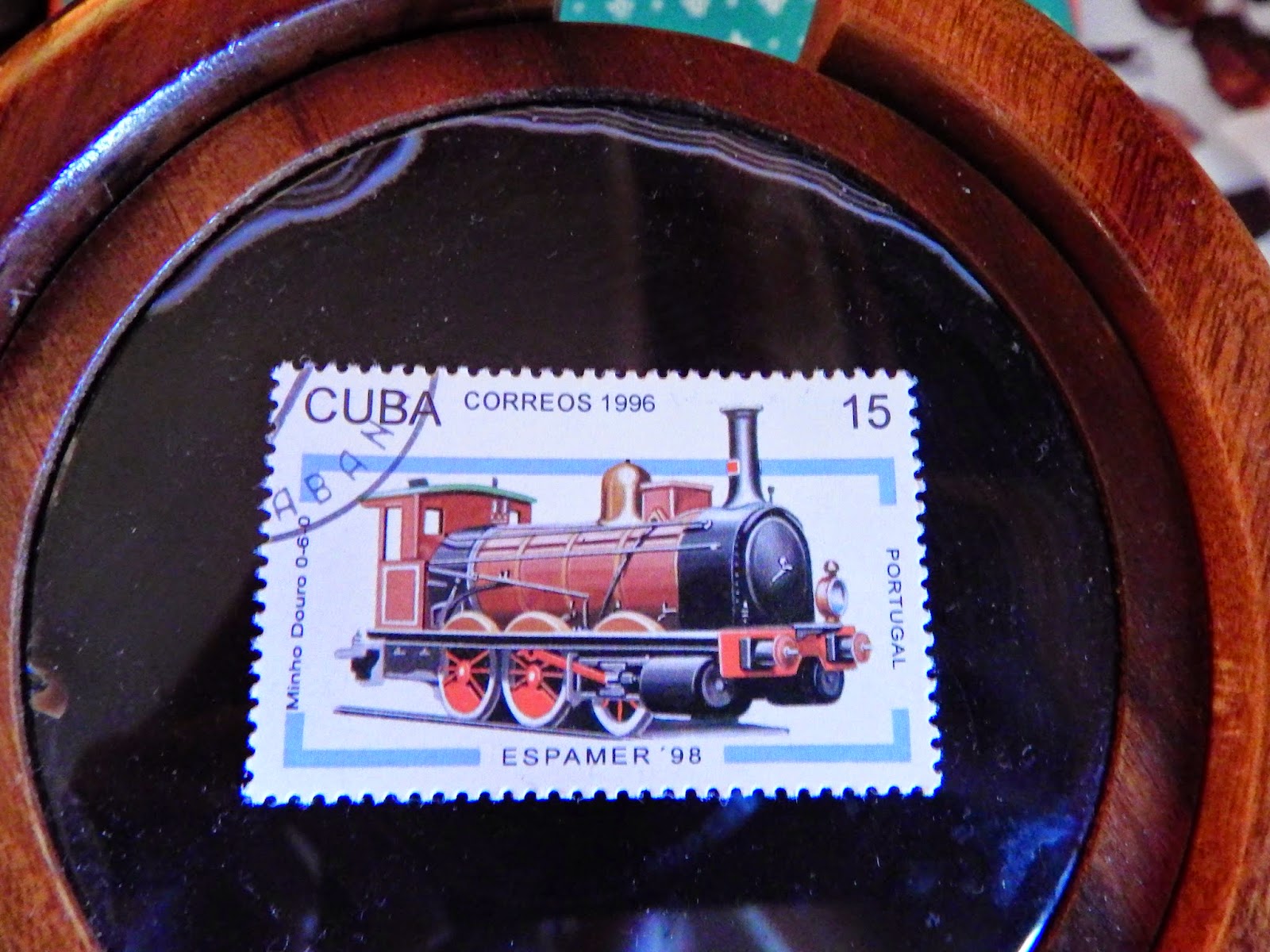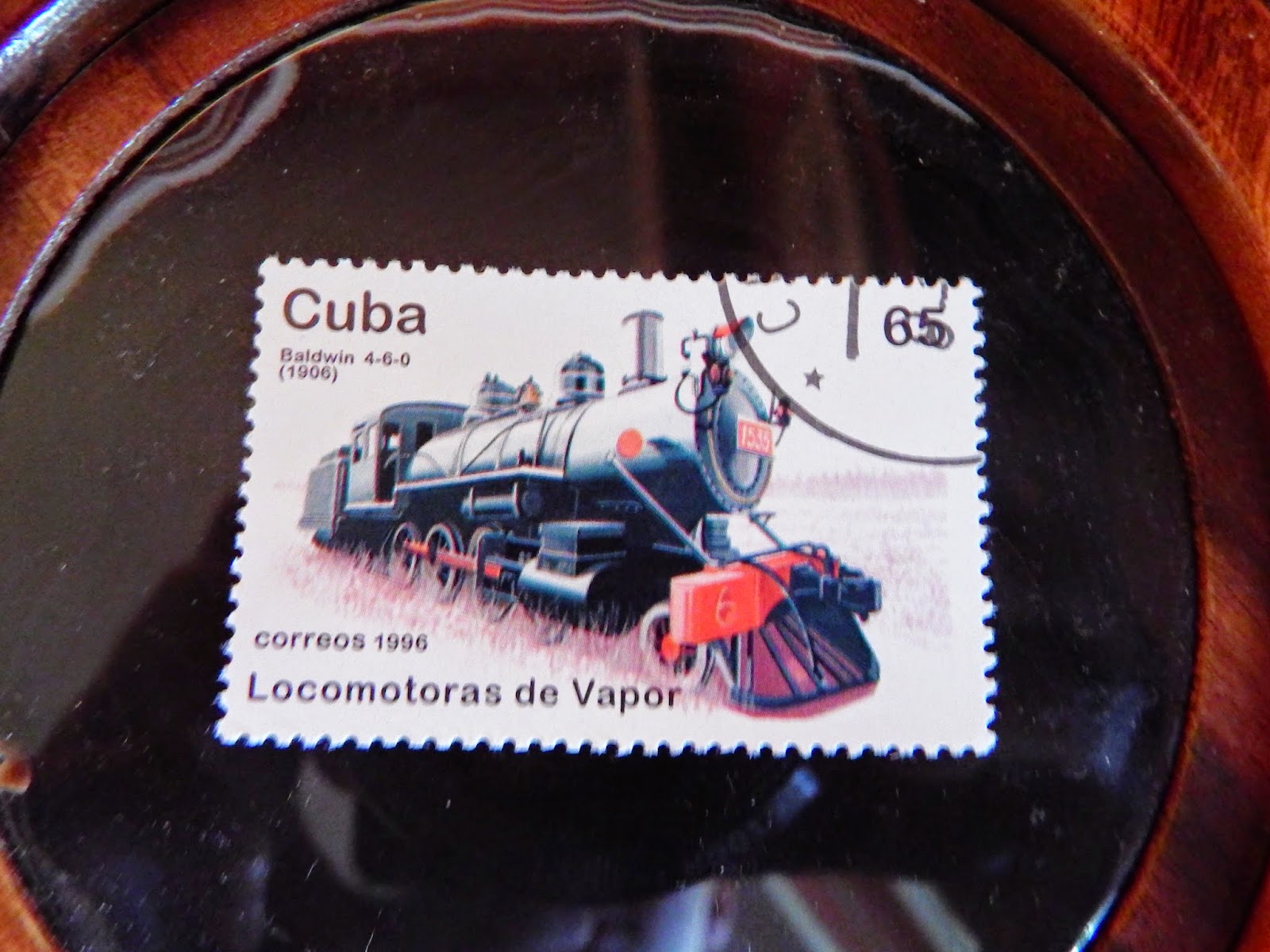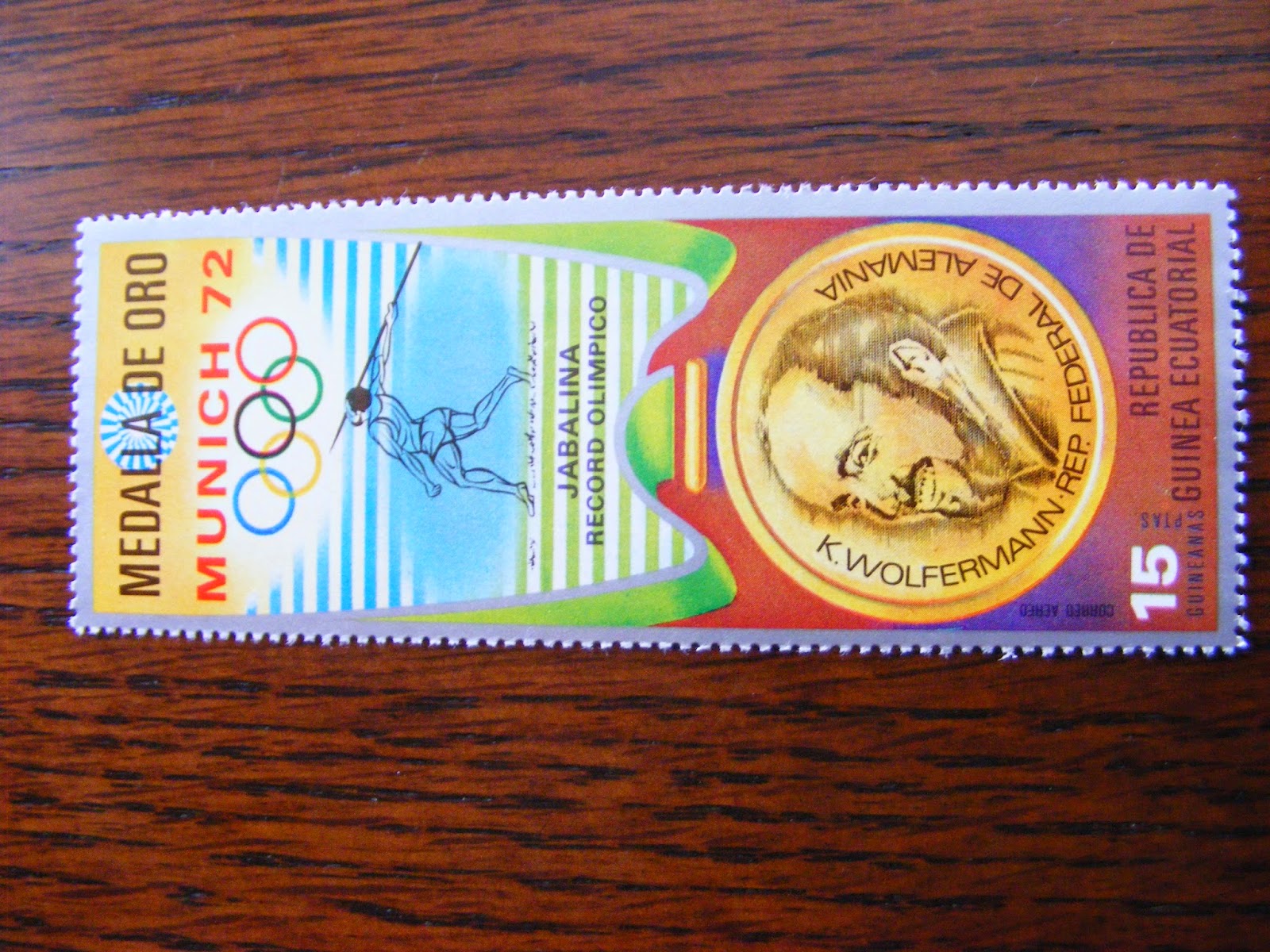Cuban Stamps
Cuba is a island nation 150 km away from the United States. Mexico, 210 km away from the archipelagos islands of the country Cuba. Cuba has 11 million people.
Granville Gee Bee R2
The Granville Gee Bee R2 is an American plane made by the Granville brothers, Howell and Zantford. The plane is a aircraft that can fly where ever the plane wants to. The Gee Bee R2 has very smooth handling, making the plane easy to fly in.
The R1 is very close in shape to the R2, but much less dangerous.The R1 has a reputation of being a very dangerous plane. But the Granville Gee Bee R2 is even better.
The R1 is very close in shape to the R2, but much less dangerous.The R1 has a reputation of being a very dangerous plane. But the Granville Gee Bee R2 is even better.
Mustang TF 51
The Mustang TF 51 is a airplane from Stallion 51. It is one of the models of planes with an estimated 16 dual controlled Mustangs in the world.
Mustang TF 51 was put into storage in 1990 because of a plane crash in Seattle, Washington. The Mustang TF 51 was later needed by the Vintage Birds. This started the restoration of the plane.
Then in 2005, the plane was made and sold in pilots and collectors around the globe.
Spitfire Supermarine MK
The Spitfire Supermarine MK first flew in 1936, three years before World War II. Four years later, the mighty Spitfire tangled with German fighters and bombers in the Battle of Britain.
The plane wasn't meant for long range flight, but an aircraft for scrambling into the air at a moment's notice to defend the British Isles. They were bombers. Going down to shoot and fire, then up.
Lavochkine La-9
The Lavochkine La-9 is a Soviet fighter produced a few years after World War II.
Lavochine La-9 had an all-metal construction and a laminar flow wing.
The elimination of wood for the airframe made great improved fuel capacity and four cannon armament.
Soviet Union, East Germany, China, North Korea and Romania have used the Lavochkine La-9. There is only one Lavochine La-9 in airworthy condition in the world.
Winston ( Vulcan Iron Works)
This train is a train that runs from coal, and was built in June, 1912, two years before the first World War, when it was a time in the need of trains.
It weighed 40,000 pounds and the boiler pressure is 110. The gauge of the train is 36'' and it has 11 times 16 cylinders.
This train was very important to Vulcan Iron Works and to people who needed supplies from the train that was built for the people's use.
Baldwin 0-4-2 (1878)
American 2-6-0 (1904)
Roger 2-4-4 (1914)
Baldwin 2-6-0
Issued: December 30th, 1996
Format: Stamp
Size: 48 by 31 mm
Series: Espamer's '98 (Locomotives)
American Locomotive Co. 2-6-4
Theme: Railway
Issued on: Demember 30th, 1996
Format: Stamp
Baldwin 0-4-0
Series: Espamer's '98 (Locomotives)
Theme: Railway
Issued on: December 30th, 1996
Format: Stamp
Minho Douro 0-6-0
Country: Cuba
Series: Espamer '98 (Locomotives)
Theme: Railways
Issued on: December 30th, 1996
Format: Stamp
Size: 49 by 31.5 mm
Baldwin 0-4-2 (1878)
Country: Cuba
Series: Steam Locomotives of Cuba's Sugar Mills
Format: Stamp
Issued on: September 30th, 1996
American 2-6-0 (1904)
The American 2-6-0 was built in 1904, a train built by ALEO, or American Locomotive Company. This train was built under the eye of Baldwin, the train company that owned American Locomotive Company.
It was a hit for American Locomotive Company and Baldwin because it was a good selling train that earned them lots of money in the First World War, when trains were needed for supplies.
But after the Great War, Baldwin and American Locomotive Company faced were facing extinction not because of the train, but because people were not interested in trains, so the train was sold to Watson's Sand and Gravel Company.
Country: Cuba
Series: Steam Locomotives of Cuba's Sugar Mills
Theme: Railways
Issued on: September 30th, 1996
Format: Stamp
Roger 2-4-4 (1914)
Country: Cuba
Series: Steam Locomotives of Cuba's Sugar Mills
Theme: Railways
Issued on: September 30th, 1996
Format: Stamp
Baldwin 2-8-0 Consolidation
The Baldwin 2-8-0 Consolidation was first designed in the 1880's by one of their owning companies, Lehigh and Mahanoy in Lehigh Valley.
At first, it was a good train; in its time, it could go much faster easier than most train in its time. As the 1900's rolled along, the First World War came. That was a time for trains like Baldwin's.
In the Second War World, it was even more popular than before. Railways were ordering the train on demand. But it reached it point when Baldwin had financial problem and closed its gates.
There are only two Baldwin 2-8-0 Consolidations in the world.
DC-3 (Douglas Commercial)
The DC-3 was built in the 1930's it is said to change the name of aircraft flying. This plane was actually built to compete with United Airlines, their rival company.
At the time, Douglas was owned by a company named TWA (Transcontinental Western Airlines), and this was a project for the company. But there was to be a DC-1. It was good for business.
There was also a DC-2, and it was good too. But the DC-3 was even better than the two. DC-3's were flooding the skies of the United States.
They went all over the world; To Europe, Asia, Africa, Australia, all over North America, and finally Latin America.
The first airline in Latin America to buy DC-3's was Cubana, a Cuban airline and the biggest in Cuba. It was a hit for Douglas and TWA.
But soon the Second World War came and many DC-3's were warplanes for the United States and their Allied forces.
Lockheed Constellation
At first, there was no Constellation.Lockheed was working on a different project. But that didn't work out, so the Lockheed Constellation was born.
It was built in the late 1930's, and when it done building, the Second War World erupted. The Constellation was a warplane fighting against their enemies.
But after the war, airlines in Europe, North America and South America were requesting for this plane. For the Lockheed company, this was good.
Even if the plane had seen the brink of World War II, its body and its soul is to fly to other places around the world, to help on their journey to be alive.
Airbus a330
This plane was sold to the public after some of the projects of other planes in the family of a330's. The a330 was better in sales than the others in the a330 group.
The first planes were sold to Air Inter, a French airline. Then other airlines like Air China, Air Canada and many others were buying the planes rapidly.
But later in the years, Boeing sold a plane that was like the a330, but lighter. Airbus followed that path by building a new model of the a330, under a different name.
But Airbus never stopped selling the a330; it is staying in the world, flying, right now, no matter if it is heavy or not.
Sources
http://colnect.com/en/stamps/list/country/2675-Cuba/year/1996/face_value/65-65/min_accuracy/low/theme/356-Railways
http://colnect.com/en/stamps/list/country/2675-Cuba/emission/2-Commemorative/face_value/65-65/min_accuracy/low/theme/356-Railways
http://colnect.com/en/stamps/stamp/309795-Baldwin_0-4-0-Espamer98_Locomotives-Cuba
http://colnect.com/en/stamps/list/theme/356-Railways/face_value/15-15/min_accuracy/very_low/printing/0-Unknown
http://colnect.com/en/stamps/list/country/2675-Cuba/face_value/65-65/min_accuracy/low/theme/356-Railways
http://colnect.com/en/stamps/list/page/4/country/2675-Cuba/theme/356-Railways
http://colnect.com/en/stamps/list/country/2675-Cuba/catalog/182-Michel/series/74266-Steam_locomotives_of_Cubas_sugar_mills
http://colnect.com/en/stamps/stamp/309795-Baldwin_0-4-0-Espamer98_Locomotives-Cuba
http://colnect.com/en/stamps/list/theme/356-Railways/face_value/15-15/min_accuracy/very_low/printing/0-Unknown
http://colnect.com/en/stamps/list/country/2675-Cuba/face_value/65-65/min_accuracy/low/theme/356-Railways
http://colnect.com/en/stamps/list/page/4/country/2675-Cuba/theme/356-Railways
http://colnect.com/en/stamps/list/country/2675-Cuba/catalog/182-Michel/series/74266-Steam_locomotives_of_Cubas_sugar_mills
Smithsonian Museum
Wikipedia































